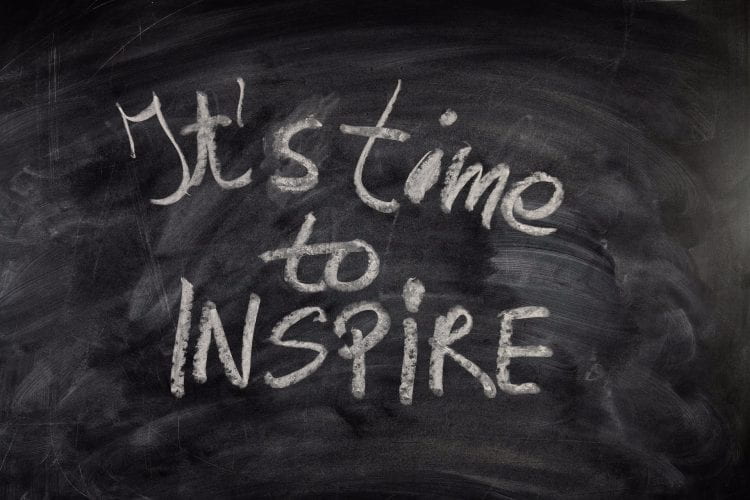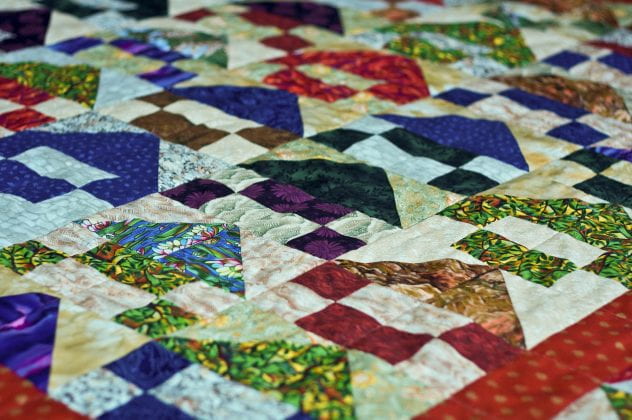By Kavita Hoonjan (Elementary IE French Immersion Teacher, member of Langley School District, MEd in IE alum, member of the CIRCE Academic Council)
We want our teacher candidates to not only value imagination, but to integrate imaginative practices and an understanding of Imaginative Education within their mindset, pedagogy and teaching philosophy. These imaginative teacher candidates must be reflective, curious, collaborative and critical-minded. So what do we need from our teacher education programs if we want to educate teachers to understand the emotional and imaginative core of teaching? How do we educate new teachers to understand that all human beings are ‘perfinkers’ (David Kresch)? How do we develop a deep practice and understanding of Imaginative Education (IE) so that new educators shape learning to best engage their students’ emotional and imaginative lives?
I believe we must live it ourselves.
When we also experience Imaginative Education—when we live it and reflect on its engaging dimensions–we feel its value. We are more likely to embrace and integrate an imagination-focused pedagogy into our teaching philosophy. Experiencing emotionally engaging activities can help us feel a sense of agency to practice a pedagogy which can have a similar impact on our students’ learning. Here is an example from my own practice as a teacher educator of a profound learning experience that engaged emotion and imagination. My students and I will never forget it.
The Blanket Exercise
With my group of pre-service teachers, learning about colonialism, residential schools, the treatment of Indigenous people throughout Canadian history had been an illuminating, enlightening and heart-wrenching journey. We had learned through readings, listening to elders speak, and watching documentaries and films. We had explored spoken word, young adult novels, stories and we had examined the historical facts through timelines, quotes and images. Yet, I was not prepared for what was to come when I booked a workshop through the British Columbia Teacher Federation called ‘The Blanket Exercise’.
The Blanket Exercise is an experiential recapitulation of the key events and moments since first contact. Participants are familiarized with their ‘lands’ and witness them being taken away little by little. They ‘live’ through losing members of their community to illness and disease, feel the shame of being shunned by larger society as well as by their own communities, see their ‘children’ being sent to residential schools, etc. all while hearing the narrative of the historical events and participating actively. The mood through the exercise was somber and intense. My pre-service teachers were pensive and many emotional. Emotions ran the spectrum of sadness, despair, frustration, disbelief, and anger. Tears were shed. Knowing full well the kind of impact this exercise has on its participants, the facilitator wisely ensured ample time after its completion to unpack and debrief the exercise itself as well as the emotions, feelings and thoughts we all were experiencing.
At the end of the day, one pre-service teacher came to me and shared that, up until this point, she had learned so much and had come to not only understand, but to accept the true reality of colonialism and its impact. She went on to add that, even though she believed herself to be more aware and on a journey to becoming an ally, it wasn’t until today that she FELT; up until now, she had been engaging with her mind and gaining knowledge and insight, but today, she FELT with her heart and with her being. Today, she gained true empathy having ‘lived’ in this experiential fashion the injustices and their toll. Her sense of agency was now authentically engaged.
Why Imaginative Education Matters
The power of intentionally weaving cognitive tools into daily interactions, conversations, activities and inquiry throughout a pre-service teacher’s journey models and celebrates imaginative practice. Living Imaginative Education in their own learning encourages future teachers to find the story, connect with a metaphor, create mental images for their students, and emotionally engage with the content in consistent ways. I believe that their own experiences of learning with cognitive tools will facilitate their pedagogy being founded on Imaginative Education principles.
But wait, let’s take a step back.
Programs that encourage all the integral members of the program to live, breathe and feel the power of cognitive tools as a daily way of being can develop and nurture imaginative practice in our future teachers.
Think about the effect of a pebble being thrown into a still lake. See the ripples that ensue, ring after ring, around the landing splash. This is a sight of beauty and power. In a teacher education program, providing teacher educators ample opportunities to live and experience Imaginative Education will impact their own professional development and, in turn, inspire them to implement imaginative and reflective practice in their daily interactions with their pre-service teachers. Those pre-service teachers are then more likely to foster and nurture the imaginations of their learners and on and on it goes…
Lived imaginative experiences are more likely to lead to imaginative practice. Let’s find ways in teacher education which allow our future teachers to live, breathe and be in imaginative practice.




